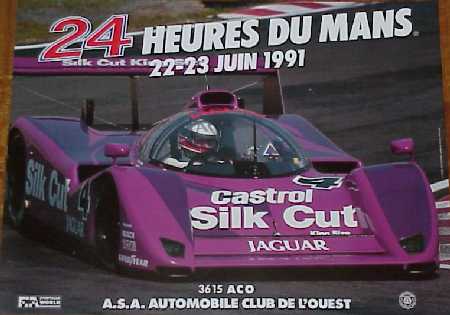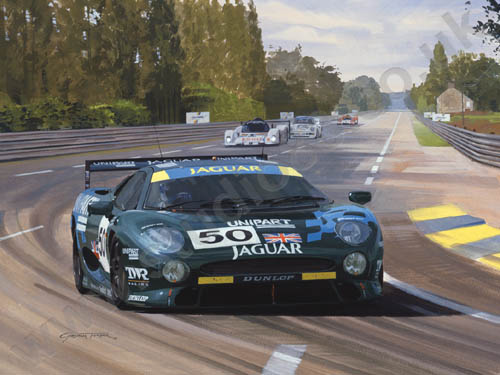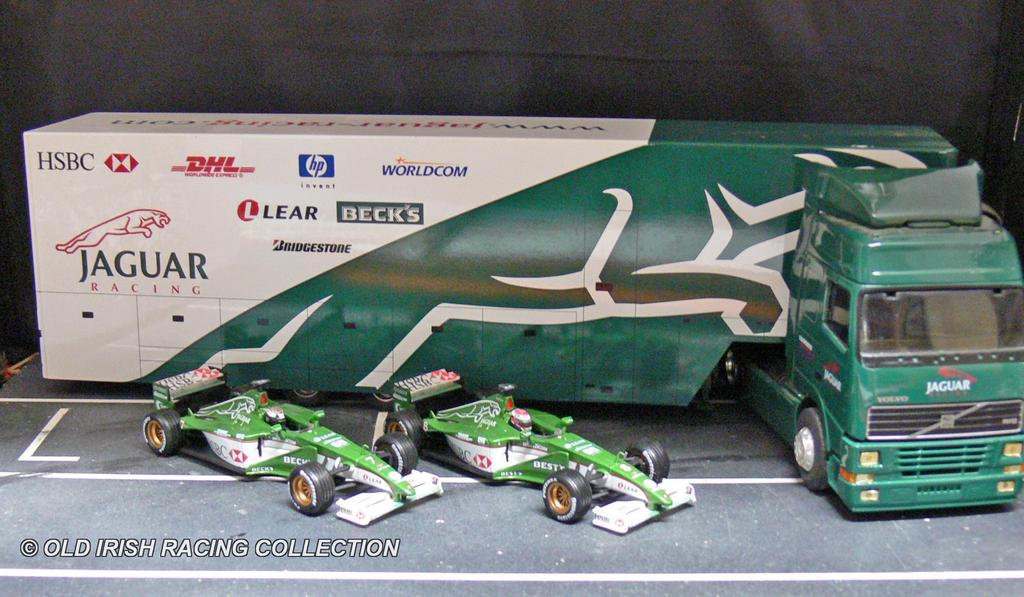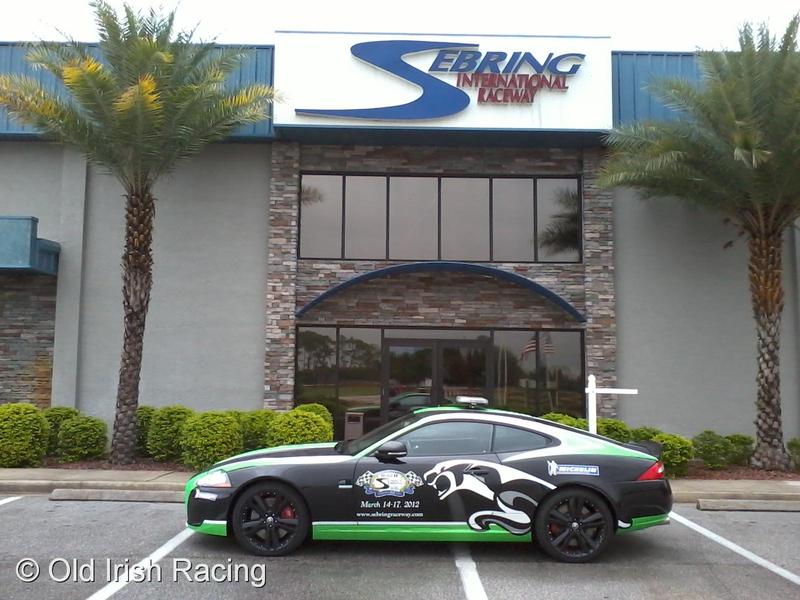
TWR and Jaguar began 1991's as one of the top competitors in both IMSA and Group C racing. Narrowly missing a seventh Le Mans win and the IMSA Championship, Jaguar would once more become World Sportscar Championship and Teo Fabi would win the Driver's Championship in 1991. Hampered by punitive regulations at Le Mans in '91 and more FIA mandated changes for the 1992 season, prototype racing was reduced to a former shadow of itself. Having accomplished what they set out to, TWR & Jaguar instead turned their attentions to the XJ220 supercar. There would be two more runs at Le Mans in 1993 and 1995 with the XJ220 and another season in IMSA, but a great era of Jaguar racing was closing.
 |
|||
The turn of the new century finally saw a Jaguar entry in F1. However, under financed, the effort never did live up to its promise. It did give us Jaguar fanatics hope for a F1 championship, albeit briefly before Ford with its financial problems, pulled the plug and it all ended in 2004. In the USA, the Jaguar name would consistently be on the winners podium in the Trans Am series from 2001-2005 and again briefly at Le Mans, GT3 and in the American Le Mans series.
| 2005 XKRS: Paul Gentilozzi was kind enough to autograph this car for me. The nice folks at Rocketsports also sent a hat and pit pass holder. They have recently done some record breaking attempts with the new XF at Bonneville. Go to Rocketsports website for details. Model by SCALEXTRIC 1/32 |
2005 XKRS: Raced by Greg Pickett, founder of Cytosport the maker of CytoMax sports drink, sponsor of this car. Pickett was the 1978 Trans Am champion driving a Corvette. He was a front runner in the series, finishing third in the '05 championship points. Model by SCALEXTRIC 1/32 |
2007 XKR GT3: Apex Motorsport has developed the XKR for use in the FIA GT3 European Championship. Apex previously had teamed with Bentley to win the 2003 24 Hours of Le Mans. The XKR GT3, features a 4.2L V8 supercharged engine (475+ HP) and retains the aluminium body of its production cousin. Rocketsports Racing developed a similar car for Le Mans. Model by SCALEXTRIC 1/32 |

